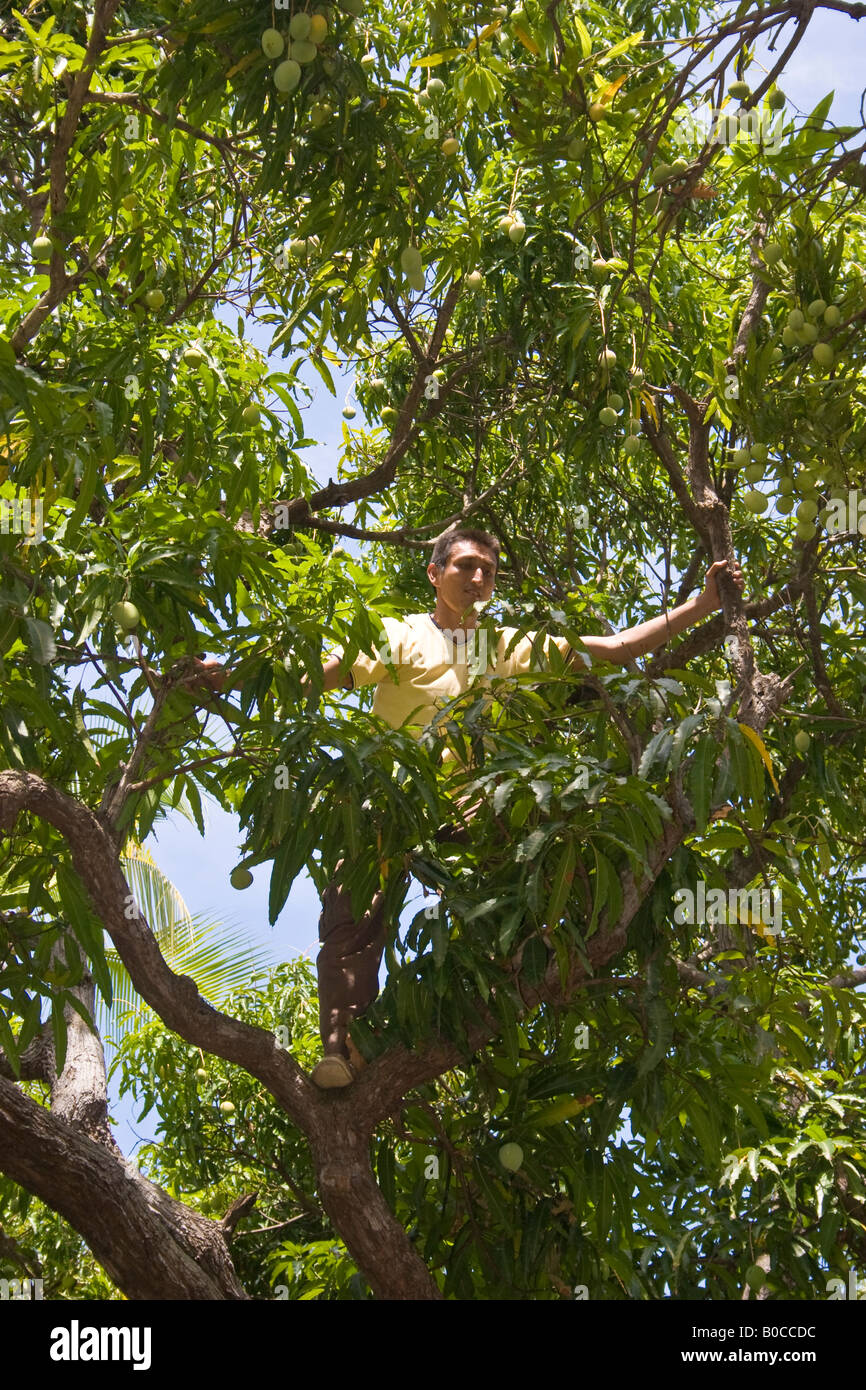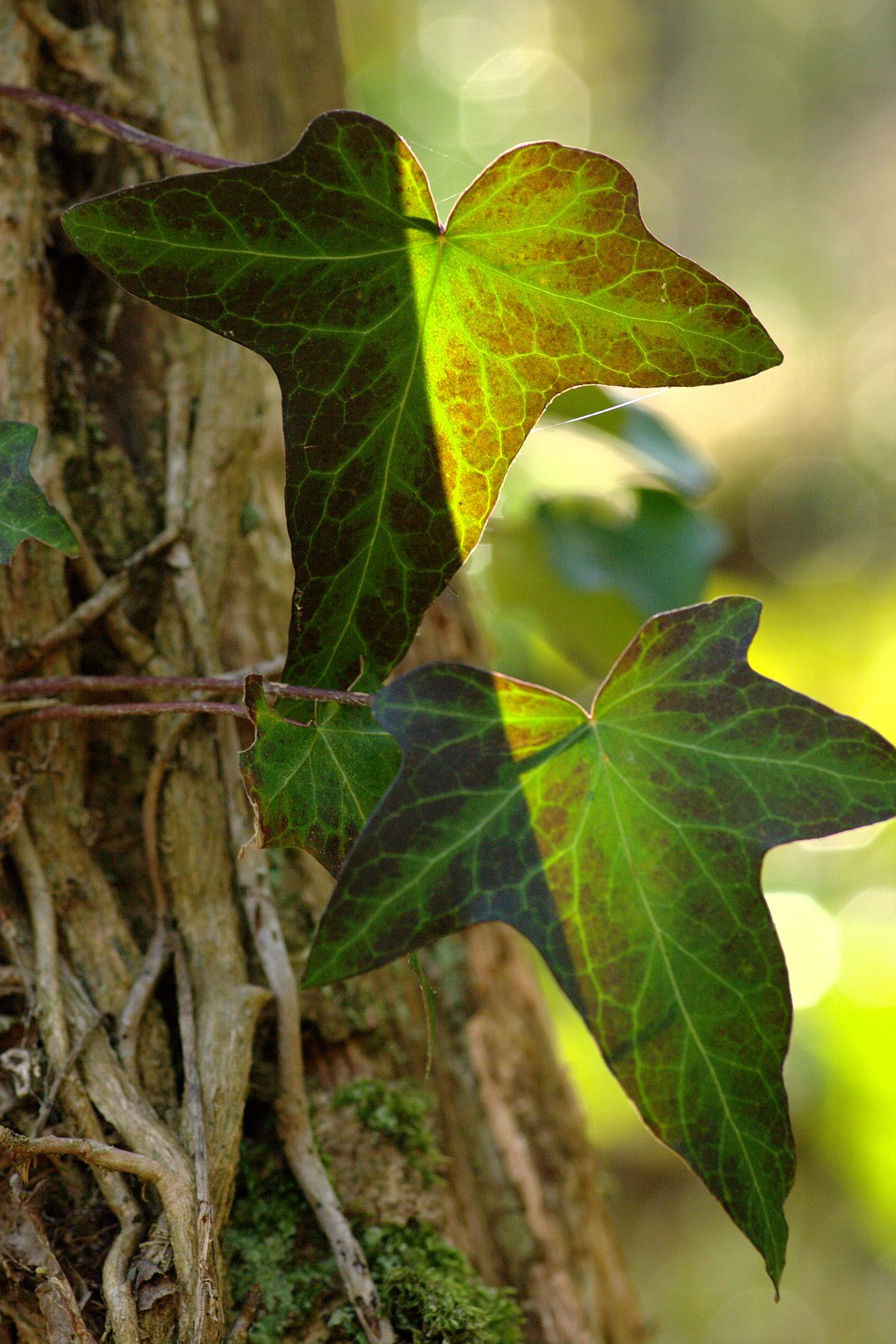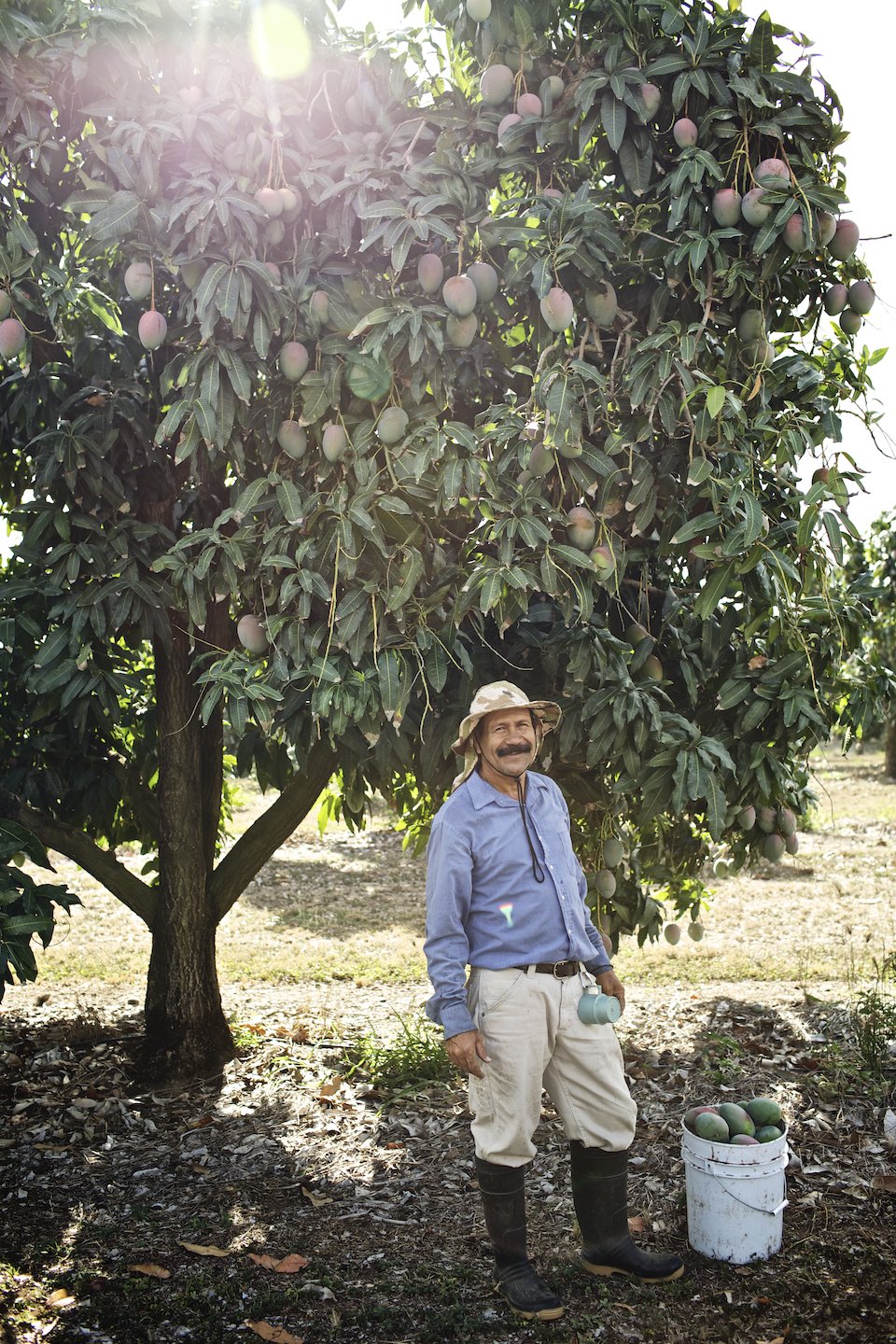Once mango trees become 25 ft to 30 ft (7.6 to 9 m) or taller extreme caution should be used in pruning the trees. Climbing trees to prune them is dangerous and not recommended. Pruning of large mango trees should be done by a professional arborist who is licensed and insured. Mangos are well adapted to many soil types. Find many great new & used options and get the best deals for Climbing The Mango Trees a Memoir of a Childhood in India Paperback – June 1 2006 at the best online.
Whether climbing the mango trees in her grandparents’ orchard in Delhi or picnicking in the Himalayan foothills on meatballs stuffed with raisins and mint, tucked into freshly baked spiced pooris, Madhur Jaffrey’s life has been marked by food, and today these childhood pleasures evoke for her the tastes and textures of growing up. Frey, Climbing the Mango Trees: A Memoir of a Childhood in India (New York: Knopf, 2006); Pat Mora, House of Houses (Boston: Beacon Press, 1997). Arlene Avakian 281 singular focus on identity politics, particularly the victimization of Black women.9 However, I have found that an intersectional approach is.
I am at it again – reading memoirs. Recently I was lucky enough to find the delightful memoir, Climbing the Mango Trees,A Memoir of a Childhood in India, by Madhur Jaffrey.
I’ve always loved memoirs by chefs and cooks and food writers. The recipes many include are a bonus, but I also enjoy them because I am constantly thinking about cooking. It’s a relief to realize I’m not the only one. A few of my food-writing favorites are Tender to the Bone by Ruth Reichl, A Pig in Provence by Georgeanne Brennan, Lunch in Paris by Elizabeth Bard, Shark’s Fin and Sichuan Pepper by Fuchia Dunlop, and Mastering the Art of French Eating by Ann Mah.
ThoughClimbing the Mango Treeshas some recipes, it mainly tells a story of growing up in an upper-class Hindu family in Delhi from the 1930s through the early 1950s. As a cookbook collector, I have known Madhur Jaffrey for her many works on Indian cooking, a few of which I own. I also was familiar with her career as an actor who often appeared in films produced by Merchant Ivory, a movie company founded in India in 1961 to produce English language films there. Madhur’s memoir recounts growing up in a large extended family during the final years of British India, independence, and the tumultuous times of the 1947 Partition.
Having visited India twice (once during the time of my memoir Wherever the Road Leads and later in the 1990’s with my sister), it’s always fun to read about the places I’ve seen. Though I have not been inside the home of a wealthy Indian family, I can easily picture Jaffrey’s family enclave on the fringes of the huge city of Delhi. She describes trips to the “Old City” where her mother allows the children to eat hot food from street vendors and visits the Red Fort with her father. Her memories bring back my own—the spicey and earthy flavors of potato samosas still hot from the kadai of boiling oil, the dusty streets, the beggars, the tiny shops with the owner sitting cross-legged on a platform outside selling terra-cotta bowls of creamy yogurt or cups of hot milky chai.
After Partition and the influx of refugees from western Punjab, Jaffrey describes her introduction to tandoor style cooking. A new tandoori restaurant, Moti Mahal, became all the rage with the young adults in Jaffrey’s crowd of college students. They would pick up tandoori roast chicken and naan to take home for late night snacks. The Moti Mahal restaurant was still popular in 1973. Tom and I ate lunch there and took extras back to the van for dinner.
Madhur admits that as a young woman she did not cook, though she always loved to eat. Her memoir ends soon after her graduation from college and gives no clue how she learned to cook and became a world-class cookbook author. This is a second memoir waiting to be written.
Still, she shares a selection of family recipes grouped at the end of the book. They are not fancy Mogul dishes, but real home-style recipes. Jaffrey describes her family as Hindu with north-Indian Muslim and British influences. The men and all the children spoke both Hindi and English, but the women of Madhur’s mother’s generation and older spoke only Hindi. The older women also tended to hold to their vegetarian traditions, while the men, who had more contact with the power-players of government and business, loved meat. Some were even avid hunters. The recipes presented run from Shami Kebab (lamb patties) and duck curry with coriander and cardamom to vegetarian staples such as chickpea-flour soup with dumplings and mung bean fritters in yogurt.
If you are interested in reading an excellent story of upper-middle-class life in India in the mid-twentieth century, a story that highlights love of family and food, I heartily recommend Climbing the Mango Trees. For myself, I can’t wait to try Madhur Jaffrey’s recipe for Shami Kebab.
Vocabulary:
Chai – literally translates as “tea” in Hindi. In India plenty of hot milk and sugar are added to tea and often spices are blended in as well. Chai shops can be found on almost every street.

Kadai – a round bottomed pan used for deep frying.
Samosas -deep fried pastries stuffed with various fillings such as spicey potatoes or minced lamb.
Tandoori style cooking – food cooked over an intense fire in a tandoor, a deep, cylindrical, clay oven. Meat is usually cooked on long, metal skewers lowered into the oven. Flat-breads like naan and roti are slapped against the hot clay sides of the oven where they stick while cooking.
Water is life. A simple idea but the enormous importance of the water, that water is a limited resource, is often not appreciated.
We learn about the water cycle – rain falls, puddles form, mud oozes down into the earth, water evaporates, condenses into rain, sleet or snow, and falls again. But that is only the beginning, the “tip of the iceberg!”


Because water is such a shape-shifter and can become so many different forms – a gas, a liquid, a solid – water can move from ocean to desert, from frozen glacier to tropical sea, from your garden hose to my thirsty tomatoes. And because it can change and move, water can be cleaned up. The water we have is the only water we have. Since before the time of the dinosaurs, our supply of water has remained unchanged.
Several delightful picture books present this information in lyrical, visual ways. Laura Purdie Salas’s WATER CAN BE illustrated by Violeta Dabija begins with a winter scene: “Water is water – it’s puddle, pond, sea, When springtime comes splashing, the water flows free.”
The magic of the water cycle nearly splashes off the pages of WATER ROLLS, WATER RISES, EL AGUARUEDA, EL AGUA SUBE written by Pat Mora and illustrated by Meilo So: “Blown by the wind, water sails high. Tumbling cloud plumes curl through the air. Slow into rivers, water slithers and snakes, through silent canyons at twilight and dawn.”Don’t miss the tumbling, rolling picture book, ALL THE WATER IN THE WORLD, written by George Ella Lyon and illustrated by Katherine Tillotson or the wonderful water-cycle book, WATER IS WATER, by Miranda Paul, illustrated by Jason Chin, which shows the many forms water can take from summer puddles to autumn’s “Slosh in galoshes, Splash to your knees!” From winter’s “Glide, slide, put on the brakes! Ice is ice unless ….” to spring’s, “Creep. Seep. Squish in your boots.”
Become water fluent about this life-sustaining resource. Become aware of ways to shrink your own water footprint. Join the “water dance.”
Forms of Water Round the World
Asch, Frank, Water, Voyager Books, Harcourt, Inc., NY, 1995.
Brimner, Larry Dane, Glaciers, Childrens Press, NY, 2000.
Gowan, Barbara, D Is for Desert Sleeping Bear Press, Ann Arbor, MI, 2012.
Locker, Thomas, Water Dance, Voyager Books, Harcourt, Inc., NY, 1997.
Waldman, Neil, The Snowflake, Millbrook Press, Minneapolis, MN, 2003.

White, Dianne, illustrated by Beth Krommes. Blue on Blue, Beach Lane Books, Simon & Schuster, 2014.
Call to Action (Water is Life; Walking for Water; Carrying Water; Wells of Water)
Flood, Nancy Bo. Water Runs Through This Book, Fulcrum Publishers, Golden, CO, 2015.
Shoveller, Herb, Ryan and Jimmy, Kids Can Press, Tonawanda, NY 2006.
Guillan, Charlotte, Saving Water, Heinemann Library, Chicago, IL., 2008.
Park, Linda Sue. Long Walk to Water. Clarion Books, 2010.
Ganeri, Anita and Chris Oxlade, Down the Drain, Heinemann Library, Chicago, IL., 2005.
Strauss, Rochelle, One Well, Kids Can Press, Tonawanda, NY, 2007.
General Information: Water

Asch, Frank, The Earth and I, Harcourt, Inc., NY, 1994.
Climbing The Mango Trees
Woodward, John, Water. DK Eyewitness Books, NY, 2009.
Flood, Nancy Bo. Water Runs Through This Book, Fulcrum Publishers, Golden, CO, 2015.
Mason, Adrienne, Planet Ark, Kids Can Press, Tonawanda, NY, 2013.
Newman, Patricia, Plastic Ahoy, Millbrook Press, Minneapolis, MN, 2014.
Stewart, Melissa, Water, National Geographic Kids, Washington, DC, 2014.
Woodward, John, Water. DK Eyewitness Books, NY, 2009.
Climbing The Mango Trees Madhur Jaffrey
MORE BOOKS – are listed in the Discussion Question Guide, located on my website, nancyboflood. Lists include both WATER-themed novels and WATER-themed nonfiction.
